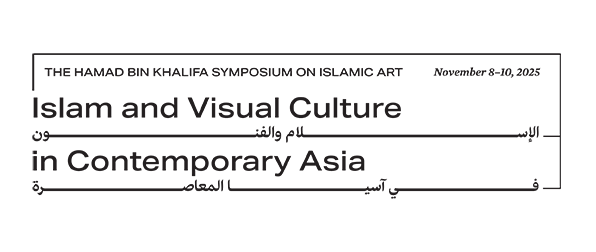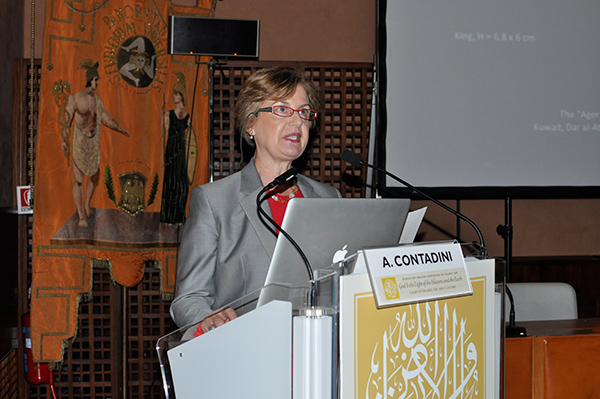Anna Contadini
Facets of Light: The Case of Rock Crystals
Middle Eastern rock crystal objects of the medieval period are famous for the fantastic quality of their carved relief decoration. This decoration is unmatched and reaches its high point during the Fatimid period, from the tenth to the twelfth century. The complex carving technique is done in a way to maximize the capturing and reflection of light, making the object appear vibrant and alive. It was doubtless this unprecedented aesthetic dimension that made Middle Eastern rock crystal objects so attractive and when they reached Europe they were often transformed into reliquaries. Also to be discussed when talking about reception—in the Middle East as well as in Europe—are the symbolic properties of light that may be associated with rock crystal and the objects made of it.
Anna Contadini is Professor of the History of Islamic Art, Department of the History of Art and Archaeology, SOAS, University of London, Director of the “Treasures of SOAS” and of the “Griffin and Lion” projects, and a member of the Centre for Iranian Studies at the LMEI (London Middle East Institute). She has been a Curator at the V&A (where she conducted research culminating in her book Fatimid Art at the Victoria and Albert Museum, V&A, 1998) and at the Chester Beatty Library, and Lecturer in Islamic Art at Trinity College, Dublin. Her doctoral thesis examined early Arab and Persian miniature painting, a research topic still central to her work, and she organized the international conference, Arab Painting: Text and Image in Illustrated Arabic Manuscripts, which led to an edited publication under the same title (Leiden-Boston: Brill, 2007 and 2010). On the subject of painting she has also just published a monograph on A World of Beasts: A Thirteenth-Century Illustrated Arabic Book on Animals (the Kitab Na‘t al-Hayawan) in the Ibn Bakhtishu‘ Tradition (Leiden-Boston: Brill, 2012) and she is preparing a monograph on themes of Arab Painting for Reaktion Books.




